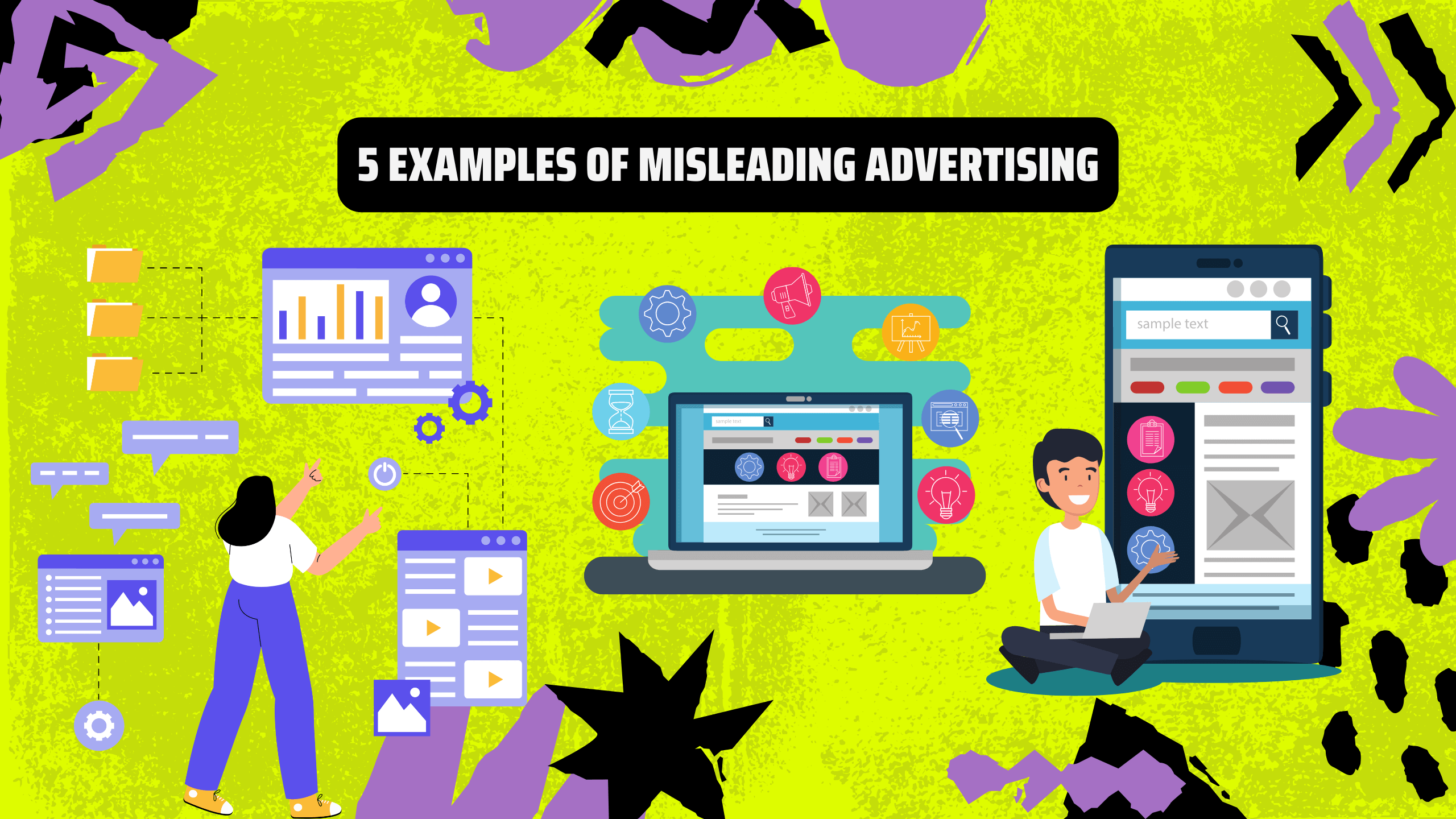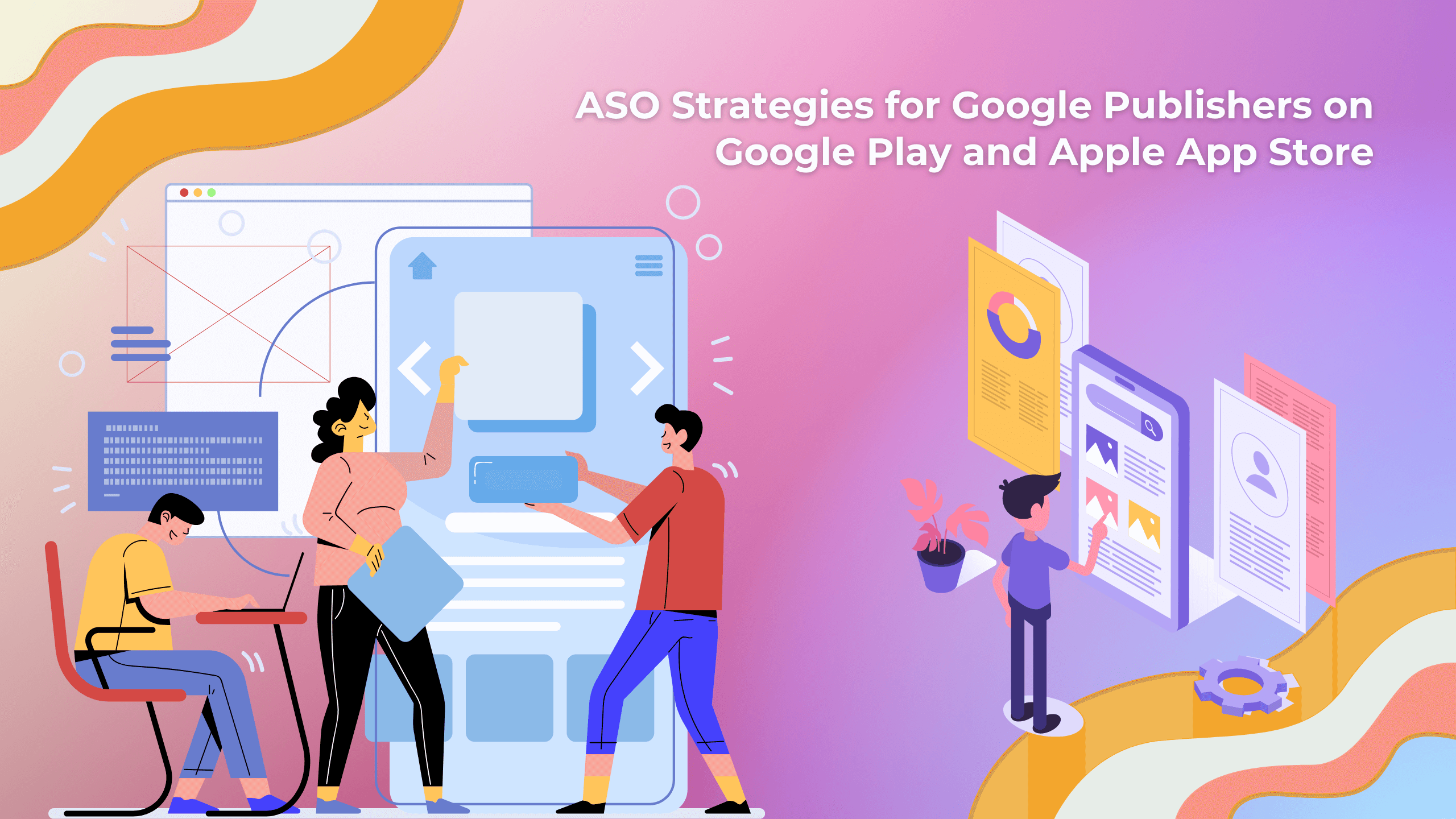Imagine setting up an art gallery with carefully curated masterpieces, only to have a portion of the artwork hidden from view. Similarly, in the realm of digital advertising, ensuring that your ads are seen by your target audience is crucial. Viewability steps in to address this challenge, reshaping the way advertisers gauge the effectiveness of their campaigns.
1. Decoding Viewability
Viewability refers to the measure of how visible an ad is to users. An ad is deemed “viewable” when a user has the opportunity to engage with it – that is, when a certain percentage of the ad’s pixels are visible within the user’s browser or app viewport. Ensuring viewability ensures that your ad’s impact isn’t lost in the digital ether.
2. The Significance of Viewability
Viewability isn’t just a vanity metric; it’s a fundamental indicator of ad campaign success:
Enhanced Engagement: Ads that are viewable have a higher chance of capturing user attention, resulting in improved engagement rates and interaction.
Accurate Performance Measurement: Ensuring viewability enables accurate assessment of campaign performance, allowing advertisers to make informed decisions based on tangible data.
Optimized Ad Spend: When ads are viewable, your ad spend is optimized. You’re paying for ads that have a real chance of being seen by your target audience.

3. Measuring Viewability
Measuring viewability involves certain criteria and metrics:
Industry Standards: The Media Rating Council (MRC) has established guidelines for viewability measurement. According to these standards, an ad is considered viewable when at least 50% of its pixels are visible for one second for display ads and two seconds for video ads.
Key Metrics: Two key metrics define viewability – “viewable impressions,” which count the number of times viewable ads are displayed, and “viewability rate,” which is the percentage of viewable impressions out of the total impressions.
4. Factors Influencing Viewability
Several factors impact the viewability of your ads:
Ad Placement: Where you place your ad on a webpage or app significantly affects its viewability. Above-the-fold placements generally have higher viewability rates.

Ad Format: Certain ad formats, such as video and interstitial ads, may inherently have higher viewability due to their nature.
Page Load Speed: Slow-loading pages may affect viewability, as ads might not fully load before users scroll past them.
5. Strategies to Maximize Viewability
Achieving optimal viewability requires a strategic approach:
Ad Placement Strategy: Carefully choose where your ads appear on a webpage or app. Above-the-fold placements often yield higher viewability.
Responsive Design: Ensure your ads are responsive and adapt well to various screen sizes, guaranteeing they remain viewable across devices.
Quality Content: Engaging and relevant content keeps users on the page longer, increasing the likelihood of your ad being viewed.
6. Best Practices for Viewability Success
Implementing viewability best practices can significantly impact campaign outcomes:
Prioritize Above-the-Fold: Focus on above-the-fold placements to maximize initial viewability and capture user attention.
Leverage Video Ads: Video ads tend to have higher viewability rates due to their immersive nature. Consider integrating video into your ad strategy.
Test and Optimize: Continuously test different placements and formats to identify what works best for your specific audience.

7. Challenges and Considerations
While viewability is crucial, it comes with certain challenges:
Ad Blockers: Ad blockers can impact viewability rates, as they prevent ads from being displayed altogether. Consider alternate strategies to reach users who use ad blockers.
Mobile Challenges: Viewability can be more complex on mobile devices due to different screen sizes and user behaviours.
8. Future Trends and Implications
As technology evolves, viewability is likely to become more sophisticated. Advances in AI and machine learning could enable real-time adjustments to ad placements based on user behaviour, further enhancing viewability.
Conclusion: A Visible Future
In the realm of digital advertising, viewability isn’t a luxury – it’s a necessity. Ensuring that your ads are viewable by your target audience is the bedrock of campaign success. By embracing viewability, you’re not just optimizing your ad spend; you’re elevating the impact of your messaging, creating a future where your ads are seen, engaged with, and drive unparalleled results.











